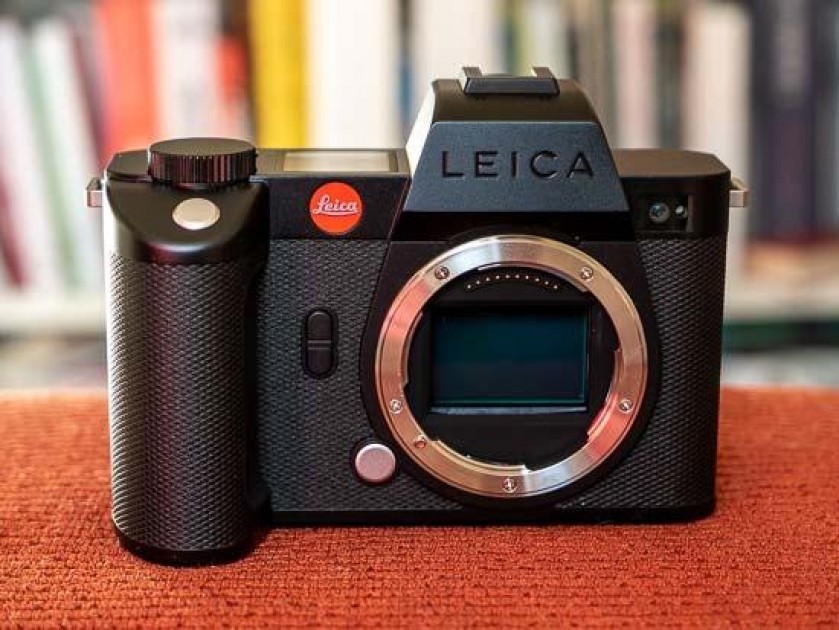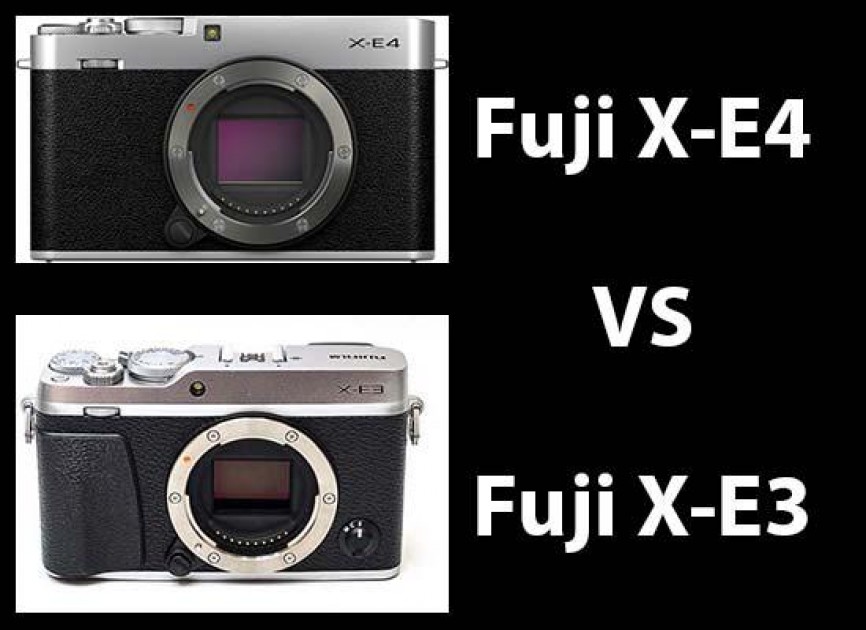Canon has enjoyed a lot of success recently with the EOS R5 camera, topping last years best-selling charts in Japan and being one of the main drivers behind Canon’s profitable 2020.
Now Sony have struck back with the secretive launch of the Alpha 1, easily their most impressive camera to date, which is clearly a direct challenger to the EOS R5.
The Sony A1 and the much cheaper Canon R5 actually share quite a lot of similarities, though, when it comes to their core specifications and features, so which one should you pick?
We’re bringing you this in-depth Sony A1 vs Canon R5 head-to-head comparison to help you choose between these two flagship full-frame mirrorless cameras.
Sensor – Sony A1 Has More Megapixels
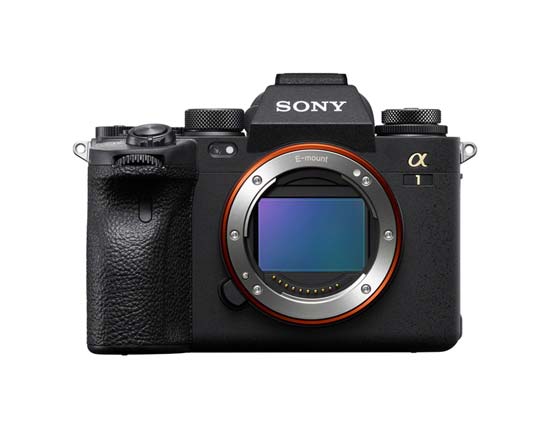
The Sony A1 has a 50.5 megapixel sensor with 50 effective megapixels and the Canon R5 has a 47.1 Megapixel sensor with 45 effective megapixel, giving the Sony a slight edge in out-and-out resolution, although you’d probably be hard-pressed to tell the difference between the two in the real world.
What gives the Alpha 1 a potentially much bigger advantage is the type of sensor that each camera has – the EOS R5 has a standard CMOS sensor, whereas the A1 has a stacked, back-side illuminated sensor, which could possibly translate into better low-light performance at like-for-like ISO speeds.
Pixel Shift Multi Shooting – Alpha 1 Shoots 199 Megapixels
In addition, the Sony A1 has a special multi-shot shooting mode in which it takes 16 different images which can be combined using the Imaging Edge desktop software to produce a single, 199-megapixel image.
Amazingly, you can even use flash during this process if required thanks to the new sensor’s fast readout speed.
Note that this mode only works by keeping the camera absolutely still and for non-moving subjects.
In stark contrast, the Canon R5 doesn’t have any such equivalent mode.
ISO Speed – A Dead Heat
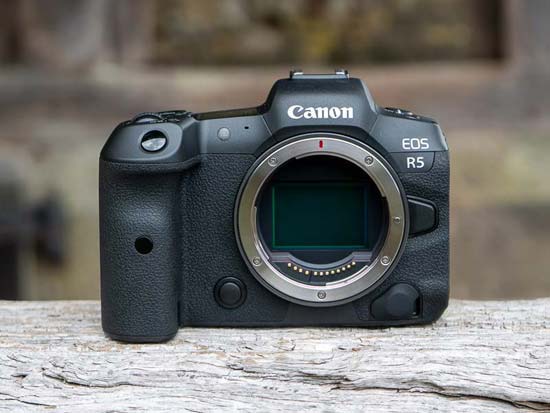
The native sensitivity range of the Canon R5 is ISO 160 to ISO 51,200, which can be expanded to ISO 50 to ISO 102,400.
In comparison the Sony A1 has a native range of ISO 100 to ISO 32,000, which can also be expanded to ISO 50 to ISO 102,400.
Video – 8K Now a Reality

Both cameras offer a headline-grabbing 8K video mode, making them the only two digital interchangeable lens cameras to offer this feature at present.
The Sony A1 offers 8K/30p 10-bit 4:2:0 XAVC HS video recording with 8.6K oversampling, in addition to 4K 120p 10-bit 4:2:2 and FullHD at 240fps movie shooting capabilities, and can output 16-bit Raw video over HDMI.
The Canon R5 offers 8K internal video recording from its native 8.2K resolution up to 30p (non-cropped) in 4:2:2 10-bit Canon Log (H.265) or 4:2:2 10-bit HDR PQ (H.265), in addition to 4K video at up to 120p.
When shooting 8K/30p and 4K/60p, the EOS R5 can record for up to 20 minutes before it overheats, whereas the Sony A1 has a 30 minute advisory limit, but is allegedly able to continue recording for even longer than that.
Both models can shoot shoot raw video – the Canon R5 can do so internally at up to 12-bit RAW, whereas the Sony A1 only offers external recording over HDMI.
The Alpha 1 is capable of 16-bit output, though, whereas the Canon R5’s HDMI output is limited to 4K/60p.
Autofocus – Battle of the Bird Eye-AF

The new Sony A1 has an AF system with 759 phase detection points that cover approximately 92% of the image area.
It offers improved Real-time Eye AF for humans and animals, and new Real-time Eye AF for birds, as well as Real-time Tracking that automatically maintains accurate focus.
The Canon R5 employs the Dual Pixel CMOS AF system with a whopping 5,940 individual phase detection points that cover the frame up to 100% vertically and horizontally using the Auto AF area selection.
It also offers a Face/Eye detection mode and the ability to recognise and track cats, dogs and birds and focus on either their bodies, faces or eyes.
Finally, the EOS R5 has better low-light AF performance, being able to focus down to -6EV versus the Sony A1’s -4EV.
Shutter Speeds – Sony A1 Ups the Ante
Both cameras have a mechanical shutter with a top speed of 1/8000th second, but where the EOS R5’s electronic shutter also stops at 1/8000th second, the one on the Sony A1 goes all the way to 1/32,000th second.
Burst Shooting – 30fps from the Alpha 1
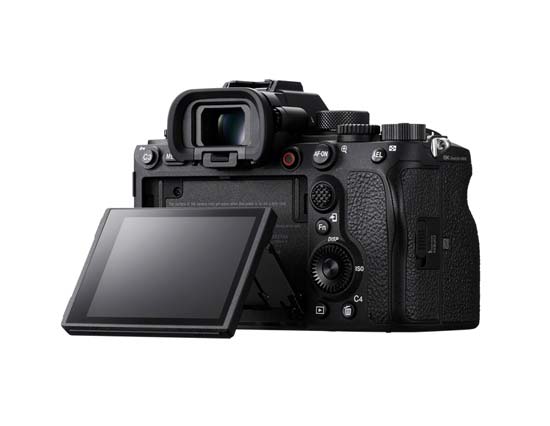
The Canon R5 can capture images at up to 20fps with the electronic shutter or 12fps with the mechanical shutter for 170 JPEG frames, 83 RAW or 130 Compressed C-RAW files.
If you want even faster burst shooting, the Sony A1 takes things to a whole other level by being able to shoot black-out free at 30fps with the electronic shutter for 165 JPEG frames or 155 Compressed RAW images, although the top speed is only 10fps when using the mechanical shutter.
It also offers a 20fps burst mode at 50 megapixels for up to 400 JPEGs and 238 Raw files (Compressed, Lossless or Uncompressed), greatly surpassing the EOS R5’s buffer depth at that shooting speed.
Body and Design – We Prefer the Canon R5

The Sony A1 largely follows the tried and tested design of seemingly almost every previous Sony Alpha camera – if it ain’t broke, don’t fix it again seems to be the mantra for the newest Alpha camera on the block.
The Canon R5 utilises a top-panel LCD and Mode button combo in place of a more traditional shooting mode dial – we prefer the latter approach. Otherwise it mixes together the best of Canon’s DSLR and mirrorless user interfaces into one mostly coherent whole.
In terms of size, the R5 weighs in at 650g body-only or 738g with both a battery and memory card fitted and it measures 138.5 x 97.5 x 88mm.
The Alpha 1 weighs in at 737g body-only with a battery fitted and it measures 129 x 97 x 70mm, so it’s a little slimmer and narrower.
The Canon EOS R5 does have a slightly more protruding, chunkier grip which we prefer to the smaller, more angled grip offered by the Sony A1.
Both cameras are weather-sealed, as you’d perhaps expect from a professional level model.
IBIS – A Clear Win for Canon
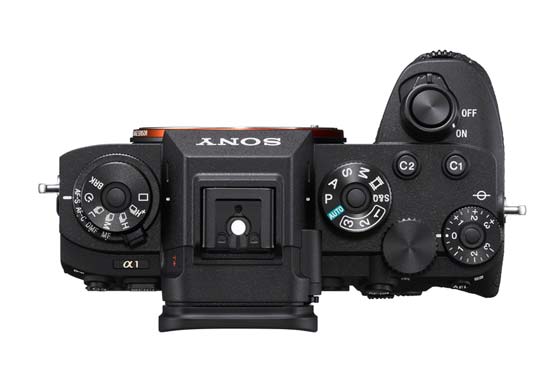
The Canon R5 has a pretty incredible stabilisation system, It features 5-axis in-body image stabilisation (IBIS) which provides up to 8-stops of IS when using the camera with certain compatible lenses.
The new Sony A1 has a very good 5-axis optical in-body image stabilization system, but it only provides up to 5.5-stops of compensation.
So if you really want to have the most effective stabilisation system overall, the Canon R5 is the camera to go for out of these two models, although do note that the full 8-stops is only achieved in conjunction with particular RF lenses.
Viewfinder – Amazing Sony EVF

The Canon R5 has a very impressive 5.76M-dot OLED electronic viewfinder with 0.76x magnification and a fast 120fps refresh rate.
The new Sony A1 takes things to a whole other level, though, sporting a 9.44M-dot OLED Quad-XGA electronic viewfinder with 0.90x magnification and a refresh rate of up to 240 fps which ensures no black-out.
So Sony clearly wins this battle with its large, very high resolution viewfinder.
LCD Screen – Tilting EOS R5 Takes the Title
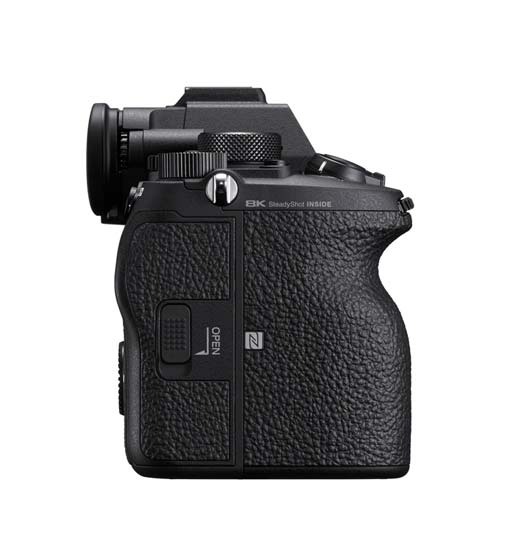
The Canon EOS R5 has a familiar 3.2-inch LCD panel with 2.1 million dots of resolution, unchanged since its debut on the EOS R camera.
The Sony Alpha 1 has a slightly smaller 3.0-inch LCD screen with only 1.44 million dots of resolution, a screen that has again featured on many previous Alpha models.
The screen on the A1 can be tilted up by 107 degrees and down by 41 degrees, whereas the R5 has a more versatile fully articulating screen that can be flipped out to the side, rotated to the front, and folded against the back of the camera to help protect it.
Overall the Canon R5 has the edge over the Sony A1 when it comes to their LCD screens.
Flash Sync – Sony Delivers World First
The EOS R5 has a maximum flash sync speed of 1/200th second using its mechanical shutter or 1/250th with the electronic 1st curtain shutter, which is also the limit for most other cameras.
The Sony A1 isn’t most other cameras, though – it provides an even faster flash sync speed of 1/400th sec using its mechanical shutter, the world’s fastest.
And if that wasn’t enough, it also offers 1/200th second sync speed using the completely silent electronic shutter.
Memory Cards – CFexpress is the Future
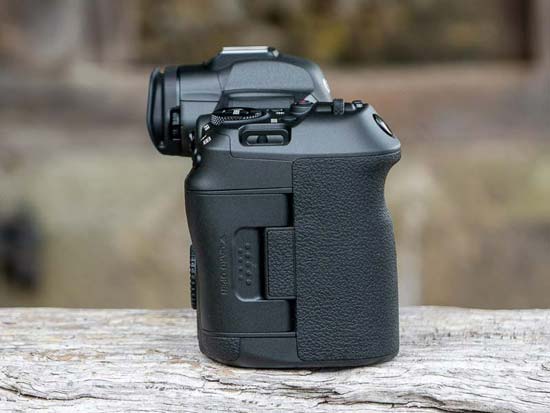
As you would expect from a professional camera, both models have dual memory card slots.
The Canon R5 uses one for high-speed UHS-II type SD cards and the other for ultrafast CFexpress cards.
Both of the Sony A1’s dual slots can be used for either SD UHS-I/II compliant memory card or CFexpress Type A cards, making it a little more versatile.
Battery Life – Similar Lifespan
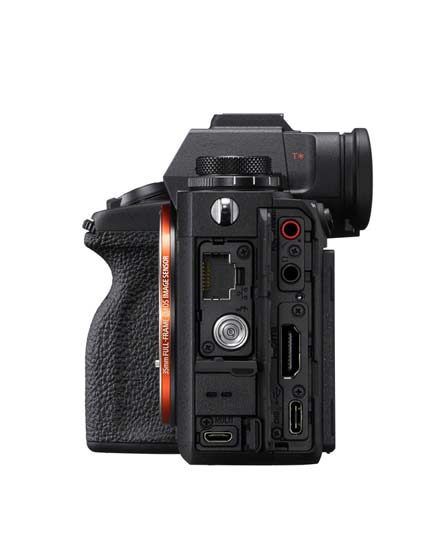
The Sony A1 uses exactly the familiar NP-FZ100 battery that all the other recent Alpha camera use, which provides up to 430 shots when using the viewfinder and approx. 530 shots when using the LCD monitor.
The Canon R5 uses the LP-E6NH battery that is also used by the R6 camera, which offers a lifespan of 470 shots when using the viewfinder and 490 shots when using the LCD monitor.
Price – Canon EOS R5 is a Bargain
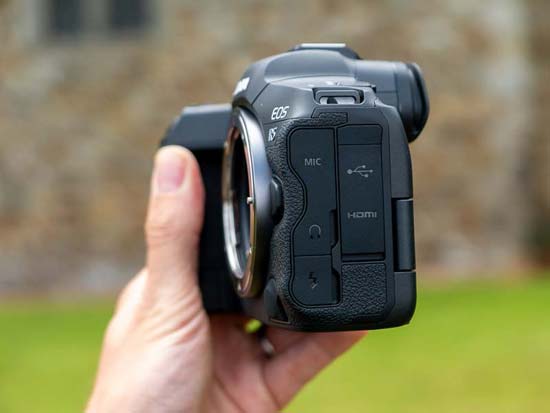
In the UK the Sony A1 is priced at £6,500 body only and in the US it costs $6,500.
By contrast, the Canon EOS R5 is something of a veritable bargain, with a price of £4,199 in the UK and $3,899 in the US.
£2400 / $2,600 is a massive difference in price between Canon and Sony’s flagship cameras – either the R5 is something of a massive bargain, or the A1 is simply overpriced, depending on your viewpoint.
There are rumors that Canon are preparing to release a new EOS R1 camera that would be the new range-topping model, though, which if true would presumably come with a price-tag closer to that of the Sony A1.
Conclusion
The new Sony Alpha 1 seems to have the clear edge over the Canon EOS R5 in many ways, most notably 8K video, the stacked 50mp BSI sensor, faster burst shooting and the class-leading LCD viewfinder – but it’s not all a one-way street, with the R5 offering a great AF system, better handling, more effective IBIS system and a more versatile LCD screen.
Obviously the price tag is literally a big difference between the two – do the extra features and, on paper at least, better performance justify the substantial hike in price for the Alpha 1?
So what do you think? Would you choose the new Sony A1 or the Canon R5, and why? Leave a comment below!

